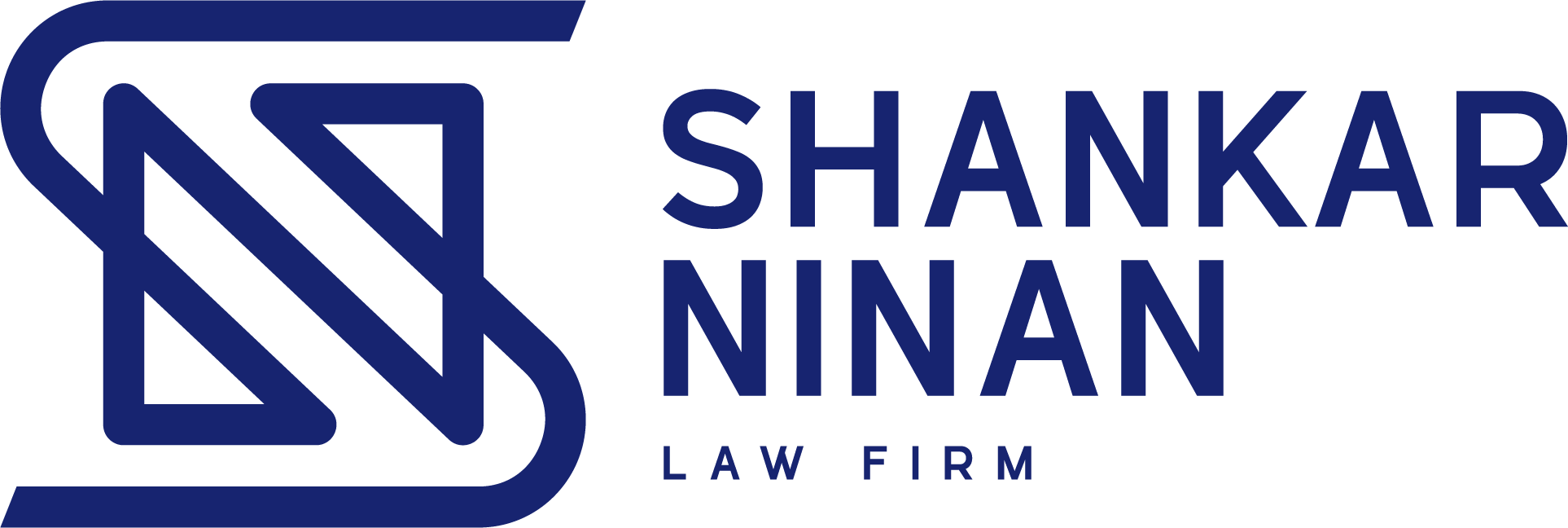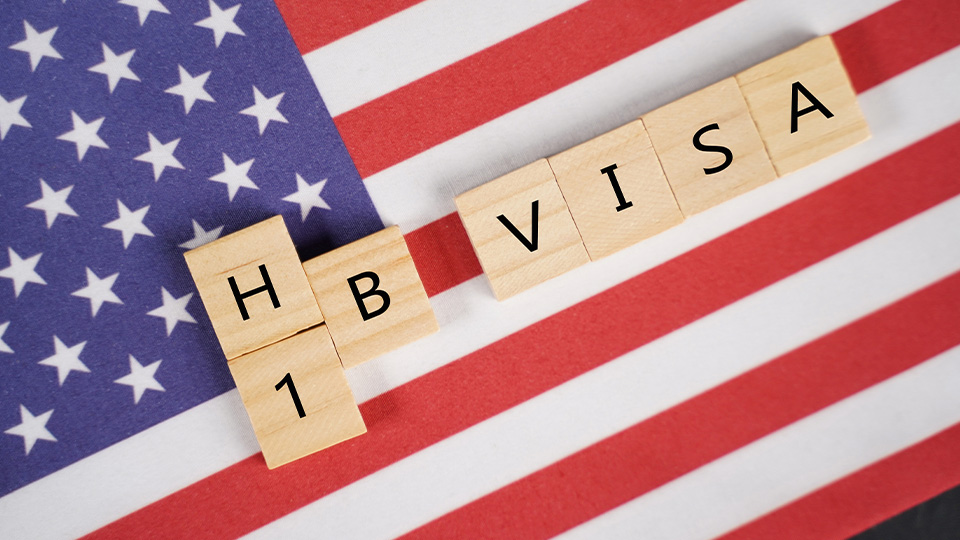The purpose of this article is to educate those impacted by H-1B status, including both employers and employees, and how to plan for the H-1B registration process for this year.
Background
For each fiscal year, Congress set a regular annual quota of 65,000 H-1B visas slots. 6,800 of those visas are reserved for Chile and Singapore citizens as a condition to free trade agreements. In addition to the 65,000 H-1B visas, there are 20,000 additional spots for registrant-employees who completed and obtained a Master’s Degree or doctorate from a U.S. institution.
There is a selection system for who gets picked when the cap of 65,000 and 20,000 is filled – employees with Master’s Degrees are eligible for two lotteries – one lottery with the regular cap and one with their own group.
Selection Statistics
Demand for the H-1B visas has largely surpassed the available supply. From FY 2022 to FY 2023, the number of applicants went from 308,613 to 483,927. More importantly, the USCIS selected 87,500 of those applicants in FY 2022 and 127,600 in 2023.
Before 2020, employers were required to file entire H-1B petitions on April 1st of each year – the selection and confirmation process was difficult and could take months. After 2020, the electronic registration system was implemented by the USCIS and is proven to be much more efficient than the lengthy pre-2020 process. Now, employers are required to electronically register before a full petition is filed.
Instead of taking months at a time, the initial registration process for FY 2023 opened up on March 1st, 2022 and stayed open until March 18th, 2023, and the employers knew the results by the first week in April. The agency sent notifications electronically to the employer if it selected a registration. If selected, employers were permitted to file H-1B applications from April 1st until June 30.
Timeline
For FY 2024, USCIS will require the same electronic registration. The registration timeline is quick and employers should be completely aware of all dates. However, there are opportunities for employers to not complete the registration properly, so be careful if you do not use counsel. Registration will open on March 1st, 2023 noon EST and stay open until March 17th, 2023 noon EST. In order to register, employers must have an online account with the USCIS. If employers do not have accounts, the earliest time they can create an online account is February 21, 2023.
If selected via electronic confirmation, an employer has a 90-day period to file an H-1B petition for the specified beneficiary. Because April 1st is a Saturday, April 3rd, 2023 will most likely be the earliest H-1B filing will be open, considering the 3rd is the first business day in April. Likewise, the 90-day filing will most likely be open from April 3rd, 2023 until July 2, 2023. The fact that April 3rd will most likely be the earliest date to file, it is important for beneficiaries whose current employment authorization expires before April 1st, 2023.
For each registered beneficiary, the registration fee will be $10.00 and that is payable to the United States Department of Homeland Security (“DHS”). There is potential that the registration fee will rise to $215.00 in the future, but that will not be the case for this year.
Current Employees, Pending Candidates, and Potential Hires
There are a few other categories of individuals that employers should consider filing H-1B petitions for.
- Employees with F-1 student status and their F-1 employment authorization is going to expire
- Pending hires in J-1 academic programs with limited practical training time
- Pending hires who do not currently reside in the United States and do not have other employment authorization options
- Current employees who have dependent family member visa status, including but not limited to H-4 and L-2 status
- Current employees who are just beginning the green card process and have TN, E-3, or L-1 status
Exceptions
There are exceptions to the cap. Current H-1B workers are not subject to the cap if they are A) extending their status; B) filing for a second/concurrent H-1B position; C) changing to another H-1B employer; or D) changing the terms of their existing H-1B employment.
If a foreign national is seeking employment in either an institution of higher education, for a nonprofit entity, a nonprofit research organization, or a government research organization, then they are not subject to the H-1B cap. There are exceptions to the exceptions.
Alternatives
If an employee falls into one of these categories, then they might consider an alternative to the H-1B petition:
- Citizens of Chile, Canada, Singapore, as well as Canadian or Mexican citizens who are eligible for a TN Visa.
- The spouse of an L Visa, E Visa, or H-1B Visa holder who is eligible for spousal employment authorization. Note that for the spouses of an L Visa or E Visa, the authorization must be incident to their status.
- Certain other nationals who qualify for an L, E, or O Visa
- An unnaturalized citizen, who is married to a US citizen, and is eligible for Employment Authorization Document with a pending green card process
- J-1 nonimmigrants with a minimum of 18 months of academic training available as of April 1, 2023.
- H-1B employees that have held H-1B status at any time with an employer who is subject to the cap
Even if an employee falls into one of these categories, employers should still consider filing a cap-subject petition on an employee’s behalf and seek consultation prior to doing so.
Conclusion
In light of the new and electronic registration system, employers should be diligent in filing petitions on behalf of their employees. If an employer fails to identify whether an employee requires H-1B sponsorship, or an employer fails to file the petition on time, then the employee can lose both their legal status in the United States and permission to work. Be diligent and plan ahead!



